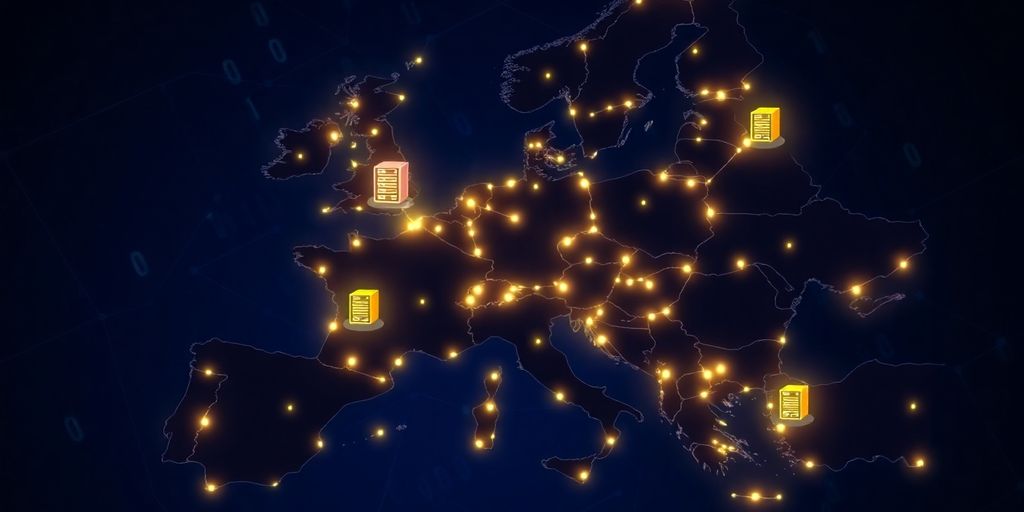Global economic indicators for 2023 present a complex picture. Growth forecasts vary sharply across regions, inflation is easing unevenly, and supply chains remain fragile. Advanced economies show tentative stabilization, while emerging markets wrestle with capital outflows and debt pressures. Policymakers face tough trade-offs between supporting growth and anchoring prices.
Key Takeaways
- Growth projections diverge: advanced economies slow, emerging markets outpace.
- Inflation trends vary: moderation in the US, stickiness in Europe.
- Central banks maintain restrictive stances amid slowdown.
- Supply-chain bottlenecks persist, especially in manufacturing.
Divergent Growth Patterns
Global growth forecasts for 2023 have been revised down for advanced economies but remain robust for many emerging markets. According to the latest IMF estimates:
| Region |
2023 Growth Forecast |
| Advanced Economies |
1.8% |
| Emerging Markets |
4.6% |
| Global Average |
3.2% |
North America and Europe are expected to underperform relative to Asia and Latin America, where reopening dynamics and domestic demand continue to underpin activity.
Inflation And Monetary Policy
Inflation has peaked in several major economies but remains above central bank targets in many cases. Policymakers have responded with continued rate hikes and balance-sheet runoff.
- Federal Reserve: Fed funds rate at 5.25–5.50%, with officials signaling a potential pause late in the year.
- European Central Bank: Main rate at 3.75%, cautious on further increases amid growth concerns.
- Bank of Japan: Maintaining negative rates, though market volatility has prompted closer scrutiny.
Persistent core inflation and tight labor markets in the US contrast with moderating price pressures in parts of Asia.
Trade And Supply Chains
Global trade volumes have slowed, reflecting weaker consumer demand and elevated transport costs. Key chokepoints include semiconductor shortages, port congestion in Europe, and freight rate volatility.
• Manufacturers are diversifying suppliers, shifting production closer to end markets.
• Inventory restocking has stalled, and geopolitical tensions add uncertainty to shipping routes.
Outlook And Risks
The outlook for the remainder of 2023 hinges on several factors:
- Energy price shocks: Renewed volatility could reignite inflation.
- Financial stability: Emerging-market capital outflows may intensify if US rates stay elevated.
- Geopolitical tensions: Escalation in key regions could disrupt trade and investment.
Policymakers must balance support for growth with the need to curb inflation. Flexibility and clear communication will be crucial as the global economy navigates these mixed signals.
Sources






































































































